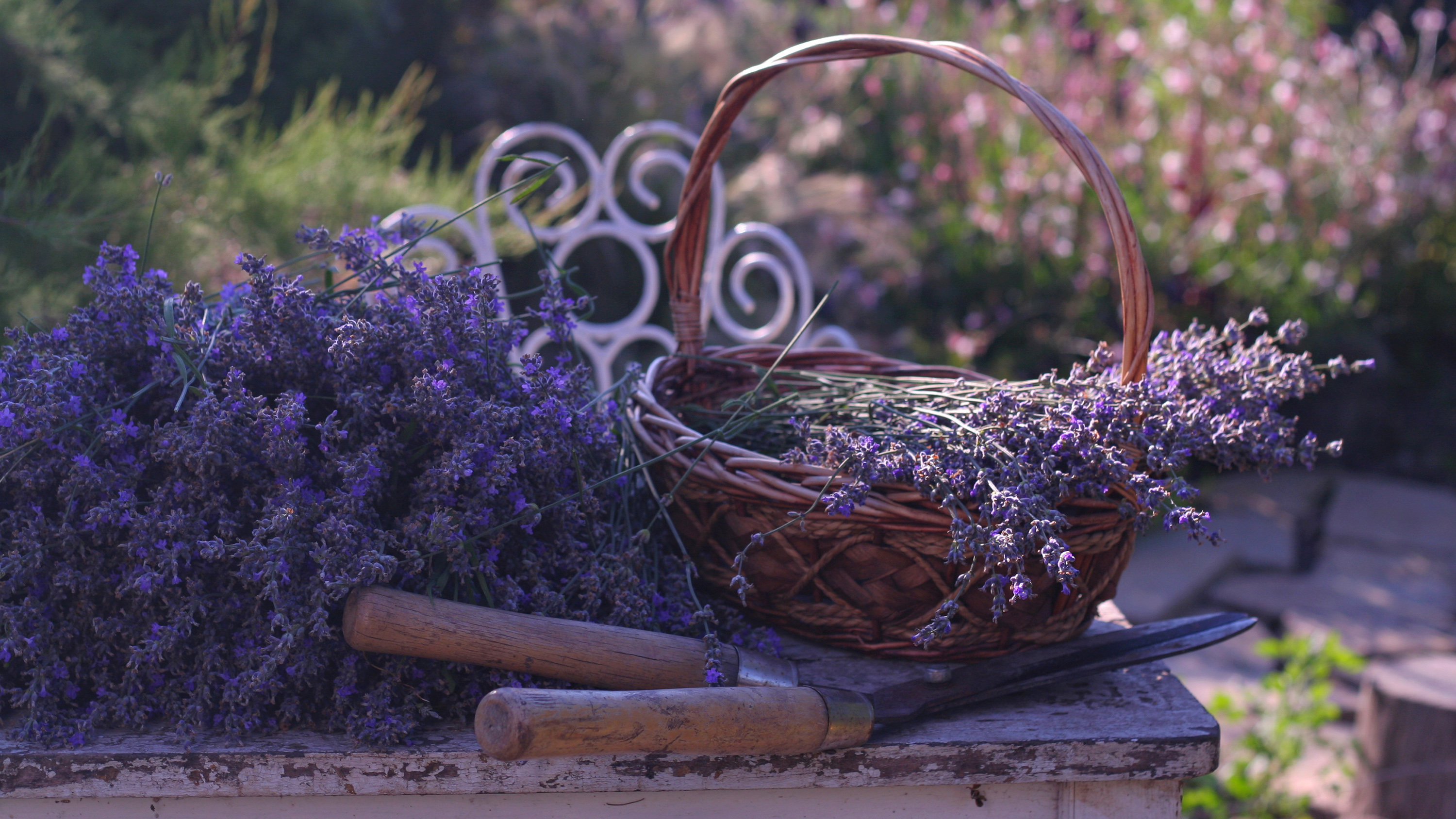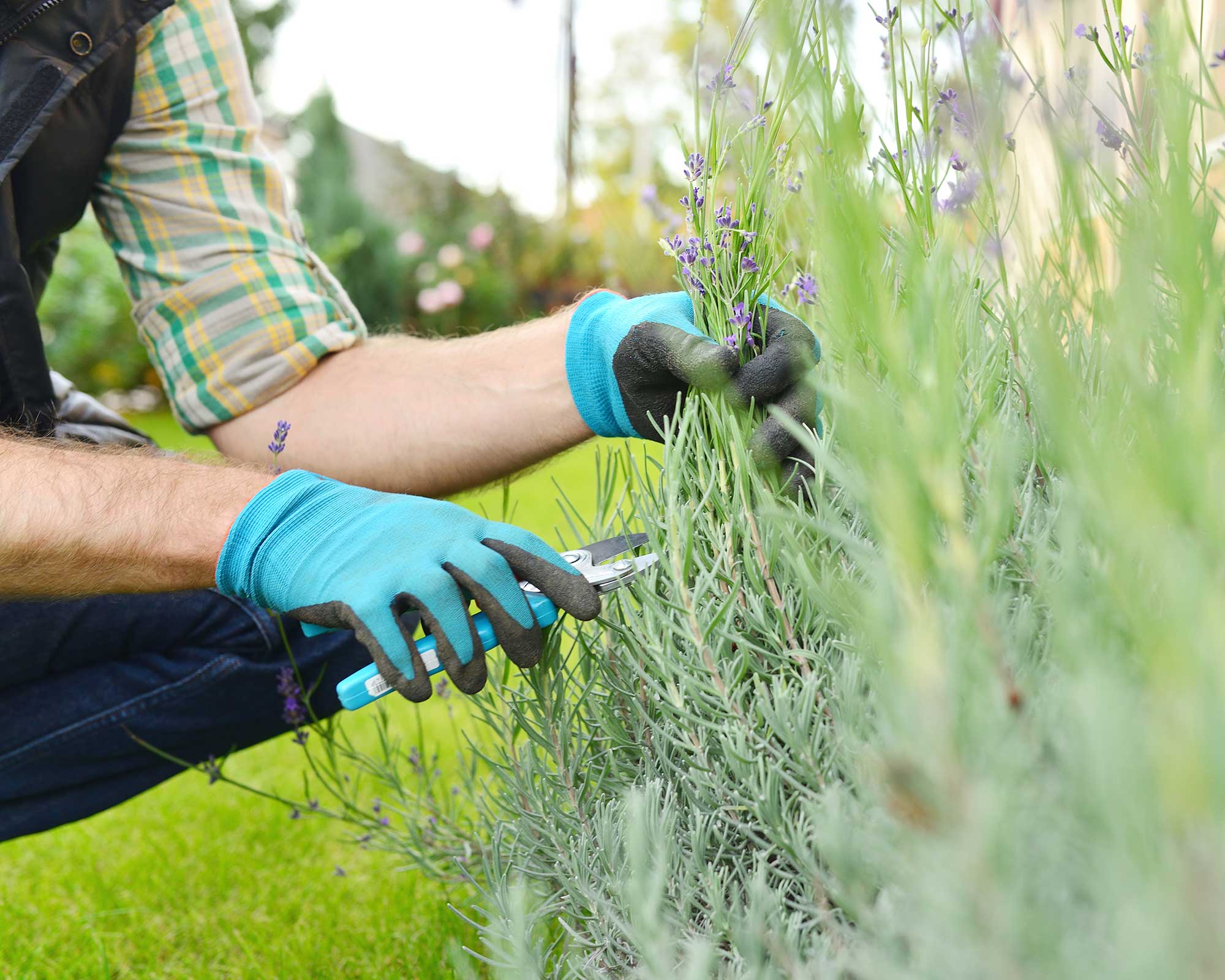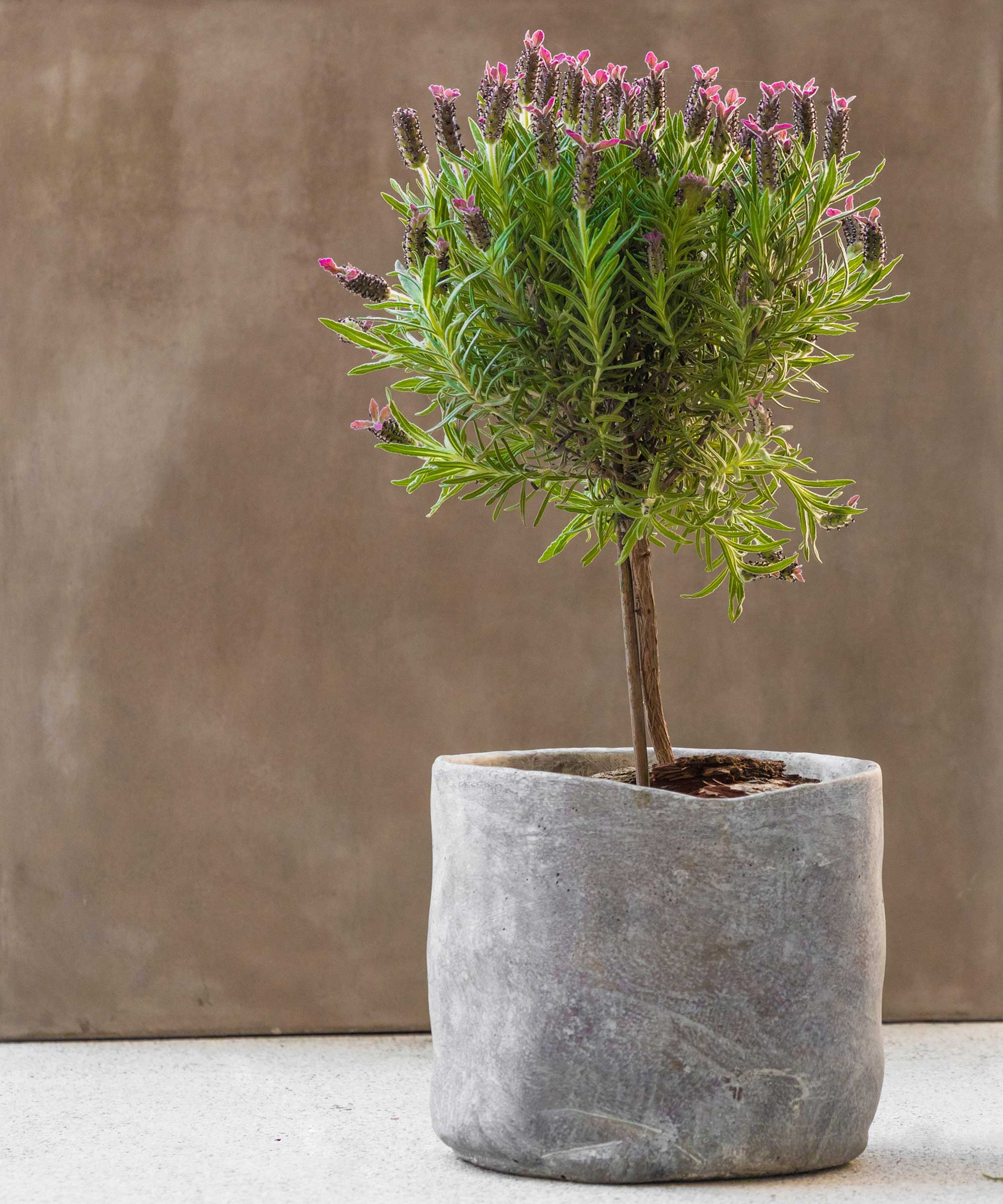Pruning lavender: 3 simple steps to get yours looking its best
Pruning lavender is surprisingly simple, yet will reward you with healthier-looking plants for longer


Unsure about the process of pruning lavender? If you have one or two of these wonderful shrubs in your plot, then knowing the best way to give them a trim is a worthwhile skill to have.
It's no secret that this fragrant, evergreen plant with its spikes of purple blooms is a favorite of many gardeners. And if you've been planning an update to your garden borders, then lavender should definitely be on your list of plants to consider.
Growing lavender is pretty easy. It's a gorgeous choice for cottage gardens and contemporary plots alike, and pollinators adore it. What's more, 'it makes a pretty low hedge, or it can be combined with other drought-tolerant Mediterranean plants like rosemary, euphorbia, and sedum in a modern gravel garden,' says the experts at Squire's Garden Centres. It's ideal for a low maintenance garden, too: it will grow happily in a sunny pot or border and needs very little water, adds the Squire's team. But without a little know-how, it can turn woody and unruly, and quickly lose its appeal.
As Sarah Squire, Chairman of Squire's Garden Centres says, 'You don't need to do much to keep your lavender looking thick and compact throughout the year.' So without further ado, follow our guide on how to prune lavender – you'll be amazed at how easy it is.

A step-by-step guide on pruning lavender
John Negus, a gardening expert from Amateur Gardening, shares his tips on how to prune lavender:
- Take your best secateurs or best garden shears, making sure they are clean and sharp.
- Once flowering has finished, lightly trim over the plants to remove the old flower heads.
- In early spring the following year, cut them back much harder, as hard as you dare but without cutting into the woody stems – lavender very rarely re-grows from the woody base but will readily shoot from much younger stems. You should be able to see the tiny gray buds emerging and will know where to cut back to.
Need more advice to get your borders and pots in tip-top condition? Our guides on how to prune hydrangeas and how to prune roses may come in handy.

How often should you prune lavender?
Ideally, do the two stages of lavender pruning – once in late summer and once in spring – every year. This will keep your plants as strong, vigorous, and youthful-looking as possible, and ensure a good display of flowers each summer, says John.

Do you need to replace lavenders eventually?
'Like all plants, lavender doesn't last forever,' says John – after a few years, it inevitably becomes straggly.
'It is worth getting replacements established before you have to remove the old plants so that the shock to you and your garden isn't so great,' he says.
'Make sure you prune your new plants as already described, right from the off. Although when small it seems silly to deadhead in autumn and then cut further back in spring, it means you avoid the base getting woody and leggy, and it really sets the plants up well for a long and floriferous life.'
If you want to avoid splashing out on new plants, learn how to take lavender cuttings – that way, you can get new ones for free.

How do you create standard lavenders?
Creating standard forms of plants is commonly seen with types of roses, but you can also try it with lavender with the right pruning and training.
'Lavenders start to go woody at the base if left unpruned, and the general rule is to keep plants young and producing fresh new growth by pruning every year,' says John. 'However, it is this woodiness that makes a standard lavender possible.'
He explains that the plants need to grow as a single stem, with the top left intact and all side shoots removed, for as long as it takes to reach a decent height.
'Most of the bought plants seem to have their "head" about 15in (40cm) above soil level,' he continues. 'I would assume that you start with a seedling or cutting that is straight up with no side branches. This is probably tied in to some sort of support, and left to grow upwards for several years, pinching out the side shoots if necessary, and potting up when appropriate.
'Once the desired height has been achieved, this is the time to start pinching out the shoots at the top of the stem to encourage them to branch and form the head.'


The garden was always a big part of Holly's life growing up, as was the surrounding New Forest where she lived. Her appreciation for the great outdoors has only grown since then. She's been an allotment keeper, a professional gardener, and a botanical illustrator – plants are her passion.
